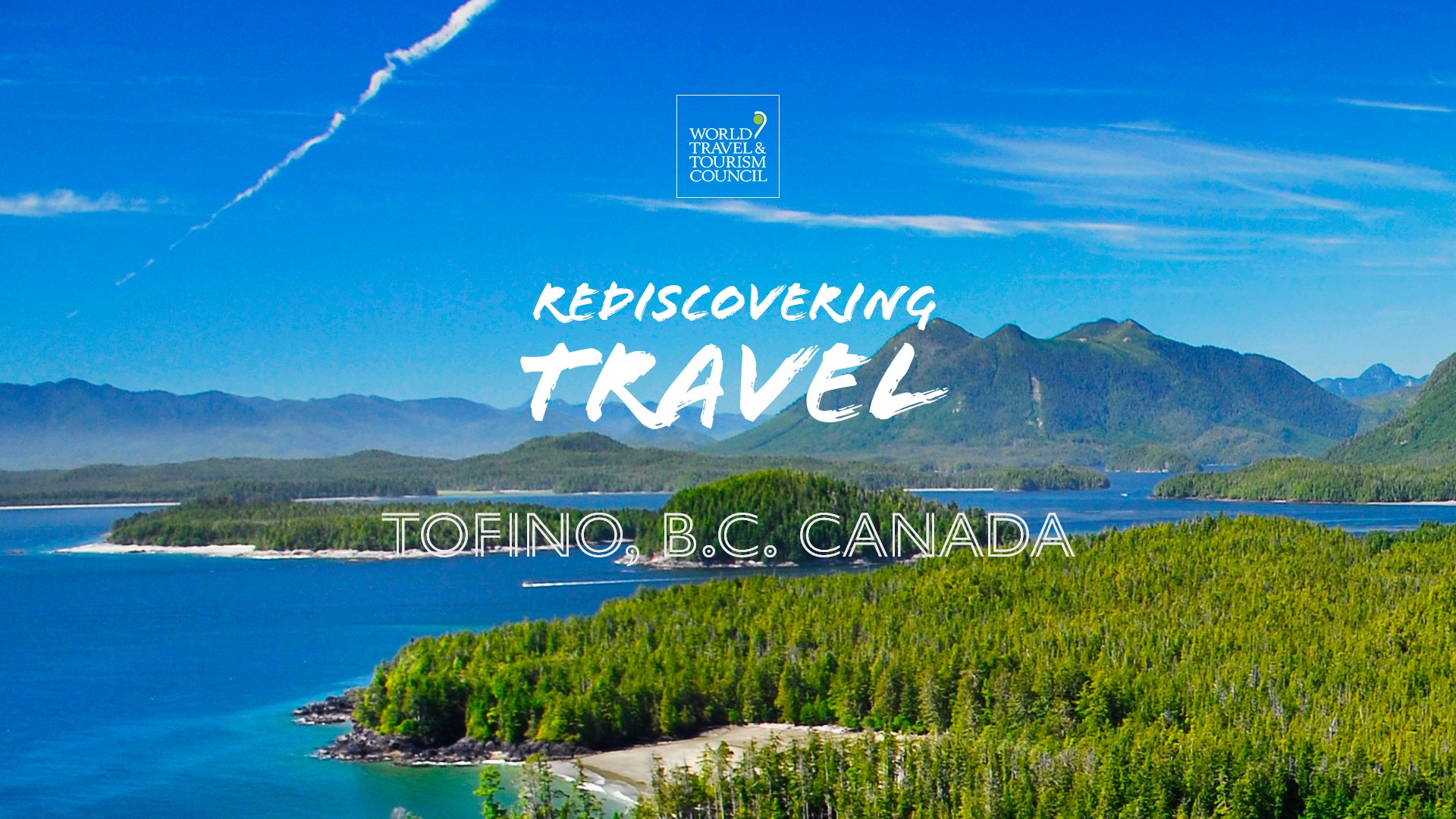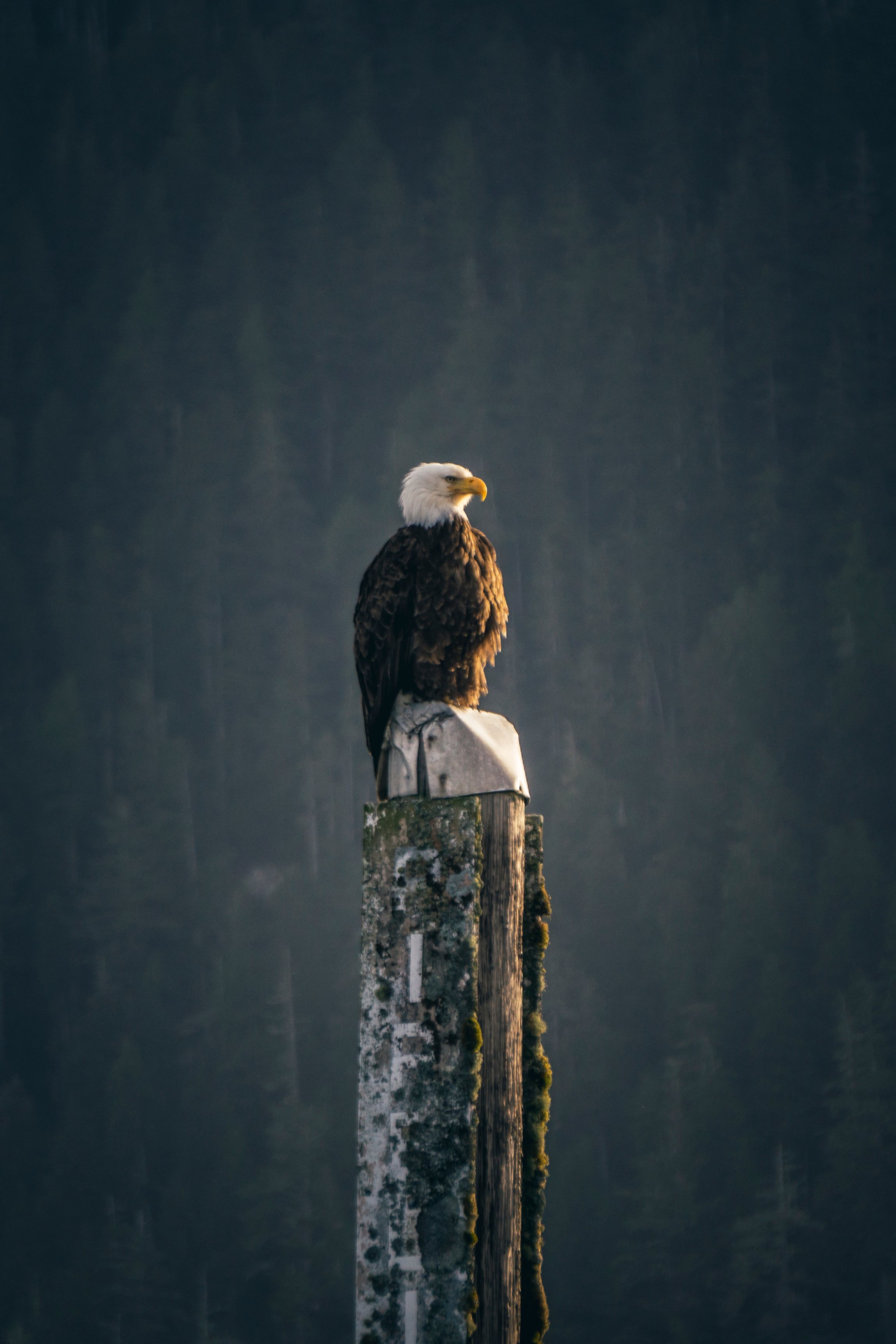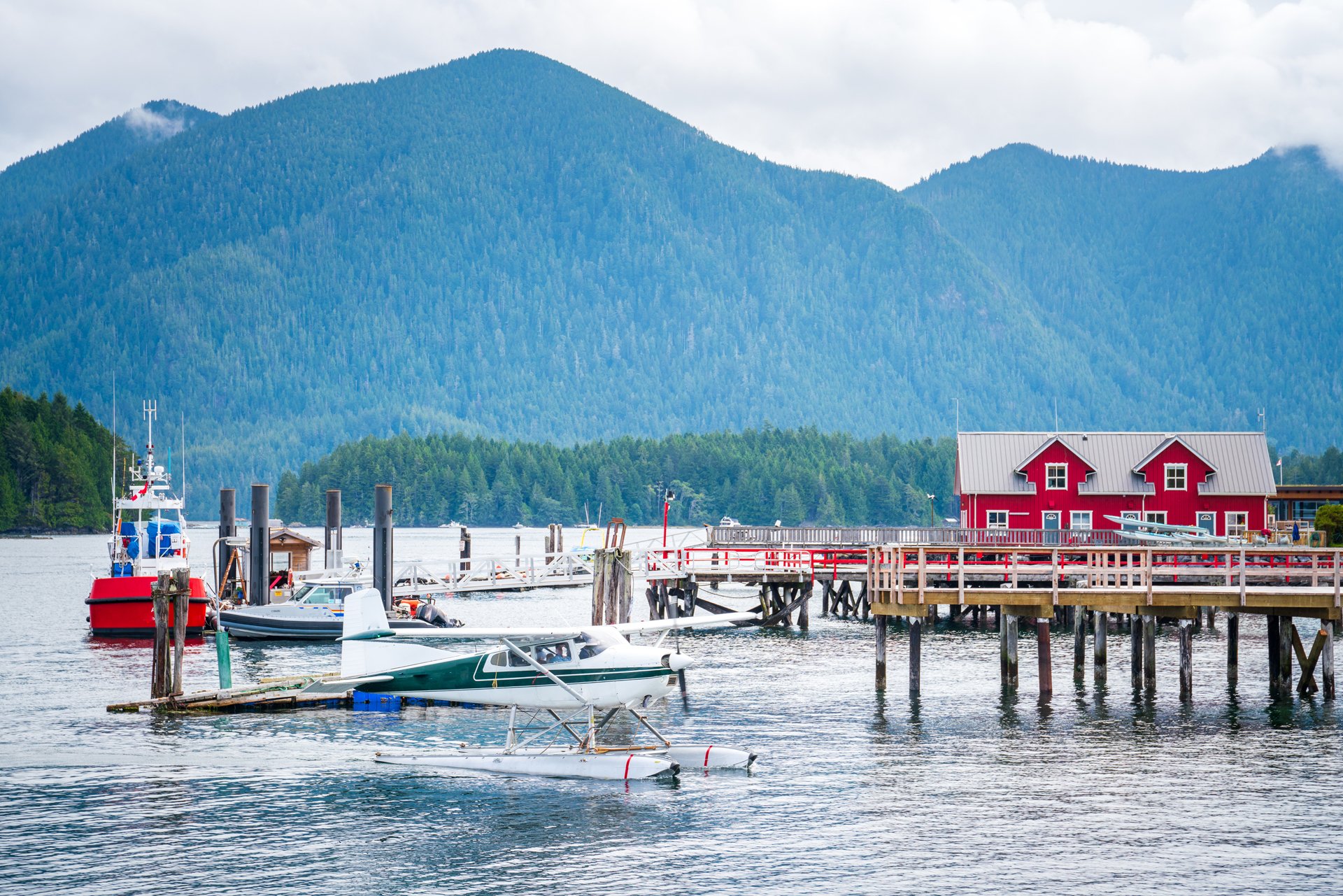Rediscovering Travel: Tofino, Vancouver Island
Tofino, Canada
Reaching Tofino is an adventure in itself. The first time I visited the town, I travelled there from Vancouver, a journey of seven hours over land and sea. A ferry carried me and my old Saturn car from Horseshoe Bay, in West Vancouver, across the Georgia Strait.
After docking in the town of Nanaimo on the easternmost point of Vancouver Island, I drove along the sinuous, unforgettable route of Highway 4. I took a pit-stop halfway across the island at Cathedral Grove, an easily accessible old-growth forest which acts as a lovely invitation to slow down and adjust to the pace of island life. Here, I strolled along the beautifully maintained trails, gazed at the massive firs and ferns, inhaled the crisp air, and listened to the twittering of birds and to the purling streams. Invigorated by the verdure of the place, I continued on my way, snaking through the narrow Sutton Pass, skirting by the expansive Kennedy Lake, through the lush Pacific Rim Rainforest National Park, until I reached Tofino.
Clayoquot Sound, Vancouver Island
I made this journey before the pandemic confined us all to our immediate vicinities. Now, the thought of being able to make such a trip as this again, of rediscovering the joy I felt as I motored along that highway, fills me with excitement and anticipation.
Surfing is integral to Tofino’s allure
Tofino is known as one of Canada’s foremost adventure destinations, and for good reason. Having lived there for almost a year, I can testify that its title as Canada’s premier surf town is richly deserved. The beaches just south of the town aren’t blocked by any expanse of land until you reach Japan, so they pick up all the Pacific swells that consistently roll westerly towards the peninsula. The number of surf schools plying their trade in Tofino is an indication of how many tourists arrive to check out the surf scene and give the waves a try. North Chesterman and South Chesterman beaches are the go-to locations for beginner lessons. Cox Bay provides an enchanting location for a unique surf. There are two meandering trails through a dense forest which bring you to this stretch of pristine sand. On its day, Cox Bay can compete with some of the best beach breaks in North America. Further south, Long Beach and Wickaninnish Beach offer plentiful peaks.
Wetsuits are required year-round while surfing in Tofino
Surfing in Tofino is not for the faint-hearted, though. Wetsuits are required year-round, and hoods, boots and gloves are necessary in wintertime. This is not Hawaii, but, as someone who primarily seeks out cold water destinations, I loved my time surfing the waves around Tofino. As with any surf spot, though, especially one as popular as here, be aware of the etiquette in the water and of any potential hazards you may face. The local surfers are generally very friendly and helpful in Tofino, and they’re used to tourists asking them about currents or other dangers and will give sound advice to the uninitiated. Coast Smart is an organisation which also provides education around water safety in the locality. You can even do a quiz on their website to find out if your knowledge of shore safety is up to speed.
The reward for being aware of your surroundings, enjoying yourself responsibly in the water, and paying respect to locals, is that you will enjoy a session in one of the most stunning, remote spots you’re likely to surf. I mean, who among us regularly surfs beaches nestled on the edge of a temperate rainforest? If you’re lucky enough, you might even see some wildlife. I can still recall the time I spotted a grey whale while I was surfing at Wickaninnish beach.
Some of the wildlife you might spy on a trip to Tofino
Aside from surfing, Tofino has much to offer anyone willing to make the journey across Vancouver Island. If you’re a hiker, you will be awed by the trails surrounding the town. There are a few crude trails through the rainforest, but the responsible traveller will stick to designated trails, mindful that they’re in the Clayoquot Sound Biosphere Reserve and that they’re in the habitat of wolves, cougars and, depending on the time of year, black bears. The weather can be changeable here, so bring adequate boots and jackets. Toques (beanie hats to non-Canadians) come in handy, too.
If your arms aren’t too exhausted from surfing, and you fancy viewing the beauty of Clayoquot Sound from a different perspective, you could cruise the waters surrounding Tofino in a traditional dugout canoe, embracing the traditions of the indigenous First Nations communities across Canada. If you want to relax on the water, there are various guided wildlife tours where you can sit back and observe whales and bears as you navigate the peninsula.
Roy Henry Vickers Gallery, Tofino, Canada
Although in its current form Tofino might seem as if it’s a young town, it is steeped in indigenous history. Even the intricate native artwork on the sign saying ‘Welcome to Tofino’ as you enter the town shows the influence of the First Nations people. Their culture and history permeate the place. A visit to the Roy Henry Vickers art gallery, where you can view his incredible creations that meld the traditional with the modern, should be on any tourist’s itinerary.
One cultural experience which might feel mundane anywhere else but is novel and quirky in Tofino is a trip to the cinema. This is available only on Monday nights in the local town hall and is organised by local cinephiles. I loved meeting residents before and after the showings for a cup of tea or coffee, and the inexpensive charge for the week’s chosen picture contributes to the upkeep of the town hall and the continuation of movie nights for the community.
For any gastronome out there, Tofino can feel as if you’ve stepped into some kind of utopia. In such a small place, you’re guaranteed to experience a diverse range of exquisite dishes in the many eateries and bars. A personal favourite was the locally sourced seaweed salad at Wolf in the Fog restaurant. I was also a regular visitor to the local brewery, Tofino Brewing. However, I’ll have it recorded here that sometimes I didn’t just go to sample the craft beers, of which blonde ale was my favourite, but to see what limited-edition clothing they had in stock. Teetotallers, don’t fret, the brewery even has kombucha on tap. And any prospective visitor to the town will be glad to know that the brewery sits on the site of an evacuation route in the unlikely event of a tsunami. Shelter Bar and Restaurant is also hugely popular with both tourists and locals alike, managing to create an atmosphere to rival any hipster bar in East London.
I often found myself in the Common Loaf Bakery the morning after a night out in Tofino, where the homemade cinnamon buns helped with any lingering hangover. Rhino Coffee is also an easy-going café where the staff, despite being forever busy, always have a friendly smile. Coffee lovers will also be delighted to learn that Tofino even has its own roastery.
Accommodation in Tofino ranges from a relatively cheap hostel, to campsites, to cosy Air BnB cabins, to some of the most highly rated resorts in North America. I lived beside McKenzie Beach during my stint as a resident, close to where I stayed the first time I visited the town for a weekend. It was spring, and I pitched a tent with friends in the campsite. I wouldn’t recommend wild camping in Tofino, either in a tent or with your van. Not only is it illegal because you’re in a National Park, but it’s also frowned upon by many locals who, understandably, do not wish to see their woodlands spoiled by makeshift campgrounds.
Thinking of my time in Tofino now, both when I went as a tourist and when I lived there, it’s heartening to know that places like it exist in the world. The last couple of years have been restrictive, but I can let my wanderlust roam free again. Now I just need to go and find other places as remote and idyllic as Tofino.
Tacofino food truck, Tofino, Canada









